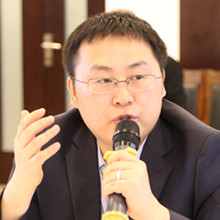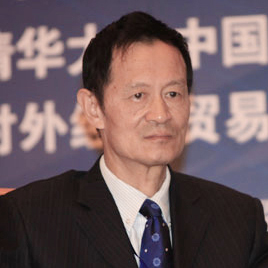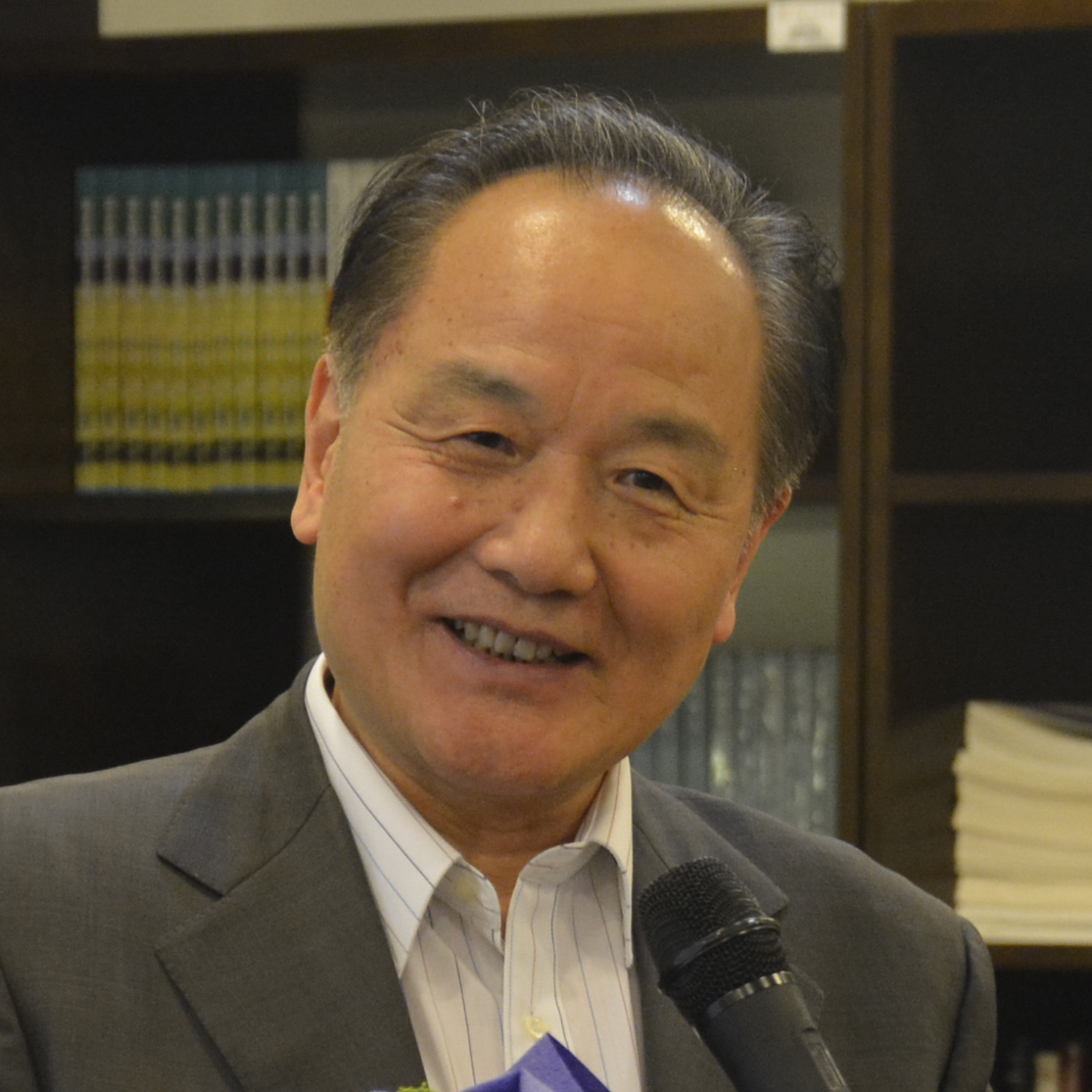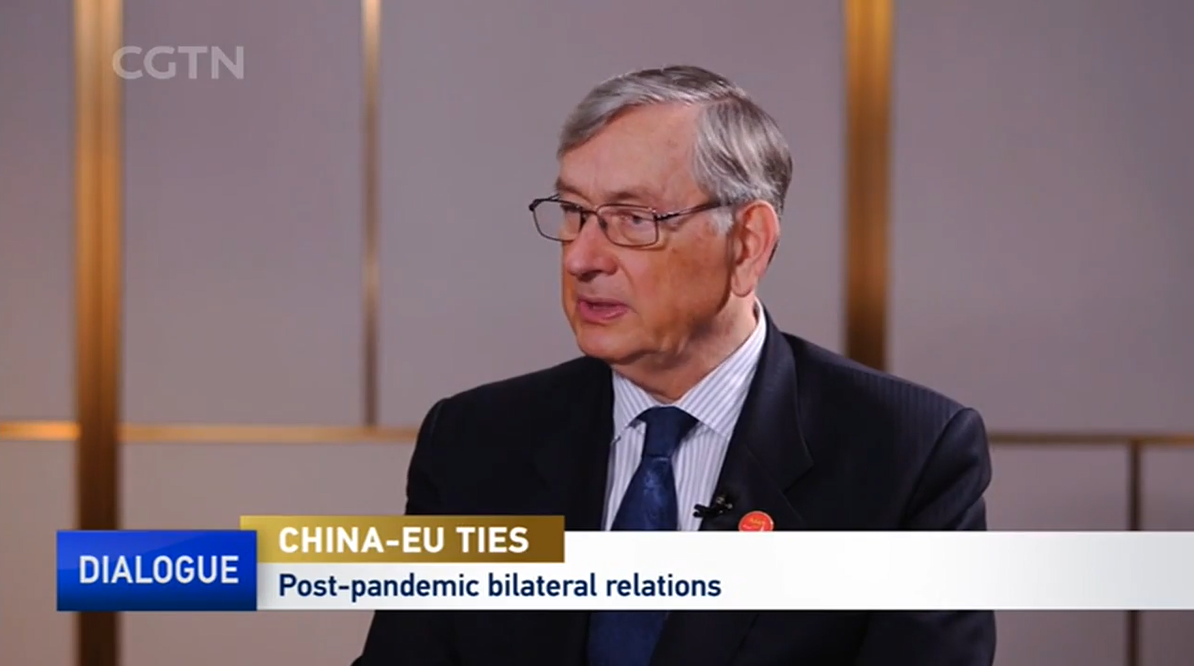Commentaries
Your Present Location: Teacher_Home> He Weiwen> CommentariesHe Weiwen: Why the U.S.’s 90 day ultimatum to the WTO will get it nowhere
By He Weiwen Source: China-US Focus Published: 2019-8-2
U.S. President Donald Trump issued a White House Memorandum (hereafter referred as the Memo) on July 26, on reforming the WTO’s developing economy status. The Memo set a 90-day ultimatum to the WTO to change the developing economy status of several WTO members, including China. If the WTO fails to meet the deadline, the U.S. says it will act unilaterally. The Memo, harsh in wording, was in fact neglected in the WTO and refuted immediately by China.
Washington Has No Authority to Force WTO Decision Making
The WTO is the authority of the primary global multilateral trading mechanism composed of 164 members. The U.S. is only one member and has the same rights within the WTO as the other 163 members: it can forward any proposal to the General Council of the WTO for review and consultation but has no authority to force decision-making. Therefore, the 90-day ultimatum will be useless, only incurring discontent from the WTO and other members, especially those whose status is being threatened by the U.S.
The Memo has not only challenged the authority of the WTO, but it has also caused wider confusion on the meaning of the developing economy status. The Memo questioned the current status of China, Qatar, China’s Hong Kong and Macao, Singapore, and others as developing economies, but failed to give a clear standard or measurement by which to determine a developed economy.
The WTO Has Never Defined Developing Economy Status
The U.S. delegation to the WTO forwarded this issue months ago at the WTO General Council and it has been rejected by most members. The WTO developing economy status is mostly self-claimed by its members, not defined by the WTO. Historically, the term “developing countries” evolved from “under-developed countries,” which included vast numbers of countries and regions that had been colonies or territories ruled by European powers. After World War II, most of them became independent and wanted to develop their national economies. They were called “under-developed countries,” as compared to the developed countries in Europe and America. The United Nations identified 50 least developed countries (LDCs) and called for tremendous support from the international community. The 1970s United Nations Conference on Trade and Development (UNCTAD) focused on development and suggested that the term “under-developed countries” be changed to “developing countries” (including LDCs). The developing economy status of WTO members was, in fact, a continuation of the status quo. The UN has never given any definition on developing countries (or economies), neither has the IMF nor the World Bank, as it remains a relative term to be compared with “developed countries.”
Why Is China Still a Developing Economy?
The Memo is correct in defining China as the world’s second largest economy and largest trading nation, with ODI and FDI larger than most OECD countries. But those do not define a developed economy. The definition lies in the level of development, not the total size. The comprehensive indicator should be per capita GDP, not total GDP. India is already the world sixth largest economy, with a total GDP three times larger than Switzerland. Nonetheless, nobody regards India as a developed economy while regarding Switzerland as a developing economy, because Indian per capita GDP is only around $2,000 while Swiss per capita GDP is over $88,000. China’s per capita GDP in 2018 was $9,770.8, lower than the world average of $11,296.78, also slightly lower than Equatorial Guinea ($10,174.0) and Malaysia ($11,239.0). Nobody would regard the latter two countries as developed economies. Why should China be?
Another good parameter for measuring development level is the share of a country’s rural population in its total population. As all developed economies have become industrial societies, the majority of their population has moved from rural areas to cities. Their rural population as a share of total population is usually under 25%. According to the World Bank, that share in 2018 was 18% in the U.S., 17% in UK, 8% in Japan, 20% in France, and 23% in Germany. OECD countries and high-income countries have the same average share of 19%, very close to that of the U.S.
Meanwhile, the average share of rural population was 33% in the high-middle income countries, 50% in low-middle income countries, and 67% in low-income countries. China had a share of 41%, between high-middle income and low-middle income groups, which fits China’s status as a high-middle income country, far less developed than the developed countries.
It is true that China’s share of world exports rose five times over 1995-2017. But again, this shows total size, not development level. The per capita export volume of China was around $1,750 in 2018, while the U.S. had a per capita export of around $5,000 and Germany had more than $18,000. Over the period 1995-2018, Chinese exports did increase 16.7 times. But its imports also increased 16.2 times during the same period, showing a balanced growth benefiting both China and the world.
China Has Been Contributing More Than a Developing Economy
Although China claims itself as a developing economy in the WTO, it has taken on many more obligations than even some developed economies.
First, its tariff level: China is committed to lower its average tariff level to under 10%. By November 1, 2018, the actual level was 7.5%. The trade-weighted average tariff level was 4.4%, very close to developed WTO members (Japan, 2.1%; the U.S., 2.4%; EU, 3.0%; Australia, 4.0%).
Also, market access: the new foreign investment law of China permits foreign investment in telecom services. In the U.S., foreign investment is prohibited in basic telecom services. Navigation in U.S. inner rivers is permitted only to U.S. ships and the operator must have a U.S. citizen as president. In China, trunk line high-speed railway operation is open to foreign ownership. China is no less open than a developed economy in many sectors.
Finally, in multilateral obligations: China signed the WTO Trade Facilitation Agreement and Information Technology Agreement and accepted many obligations that apply to developed members.
The Memo Will Get Us Nowhere
If the following 90 days see no progress, Washington plans to change the status of selected WTO members by its own judgement and action, sidelining the WTO. It will be another form of crude unilateralism that casts darker clouds over the already dark prospects of the world trade and economy. For the past two years and more, the Trump Administration has always blamed WTO rules for its indefatigable trade malaise and fighting with China, Mexico, Canada, the EU, Japan, South Korea, India, and Vietnam. All those bullying moves have not helped. In Q2, 2019, U.S. exports were down 5% from over a year ago, a performance even worse than before the trade wars. Because the roots of U.S. trade problems are imbedded in its own competitiveness and industrial structure, not the WTO, targeting the WTO will get it nowhere.
He Weiwen is a senior fellow of Chongyang Institute for Financial Studies at Renmin University of China.

















































































 京公网安备 11010802037854号
京公网安备 11010802037854号





